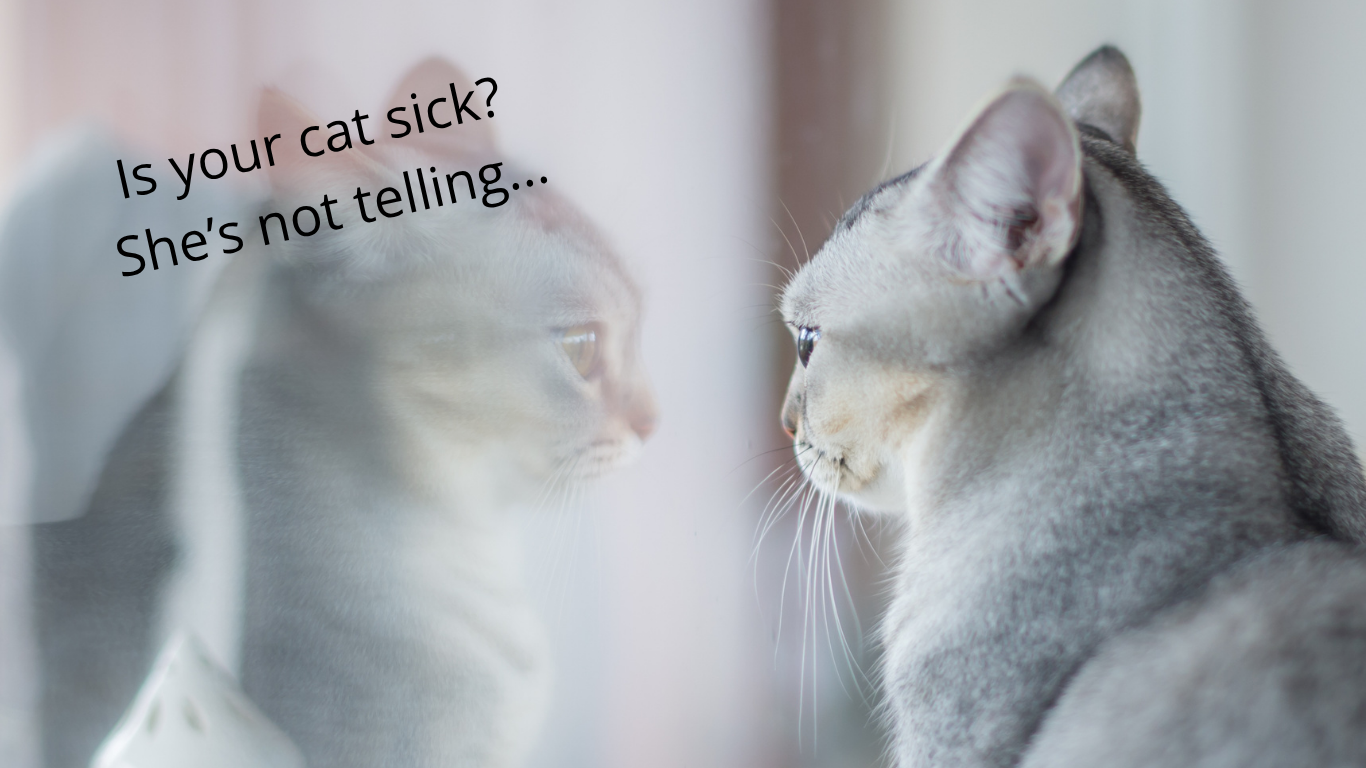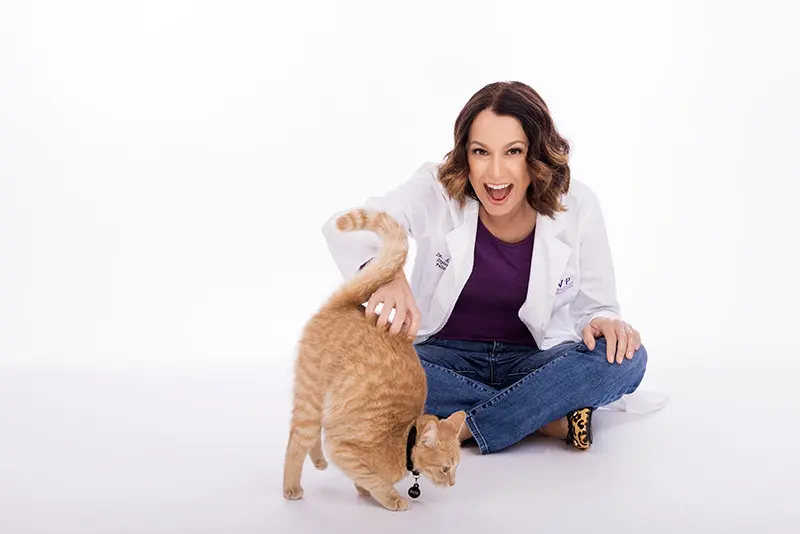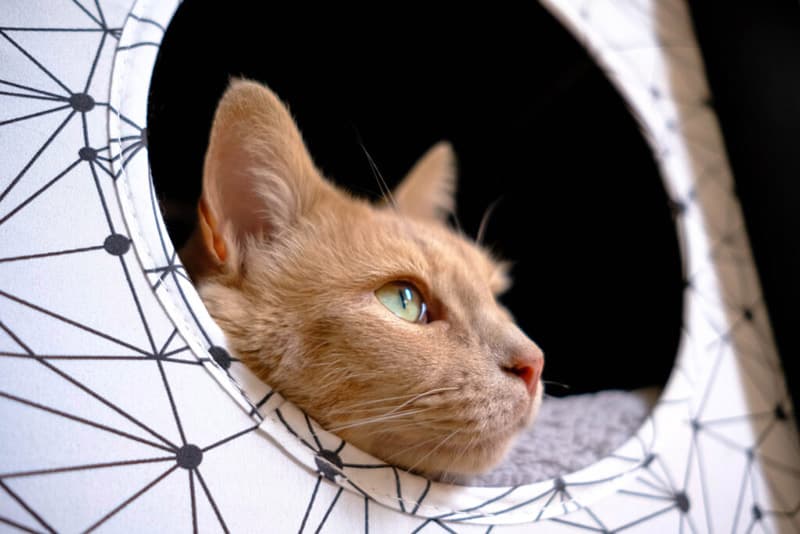Intro:
Cats are masters of disguise—especially when it comes to illness. As both predators and prey in the wild, they instinctively hide weakness, which makes it difficult for even the most attentive cat parents to notice when something’s wrong. But subtle changes in your cat’s behavior, appearance, or habits can be early warning signs of underlying health issues.
As a feline-focused platform, CatVetLife.com is here to help you spot those red flags before they become emergencies. Here are 10 subtle signs your cat might be sick—and what you should do if you notice them.
1. Changes in Litter Box Habits
What to Look For:
- Peeing outside the box
- Straining to urinate or defecate
- Going more or less often
- Urine with a strong odor or unusual color
What It Could Mean:
Urinary tract infections, kidney disease, diabetes, constipation, or stress-related issues.
What to Do:
Keep a log of changes and contact your vet—especially if there’s straining or blood, which can indicate a medical emergency.
See my Litter Box Guidelines to assure that you’re giving your cat their best litter box experience! Also consider these Litter Box Accessories to make your life easier!
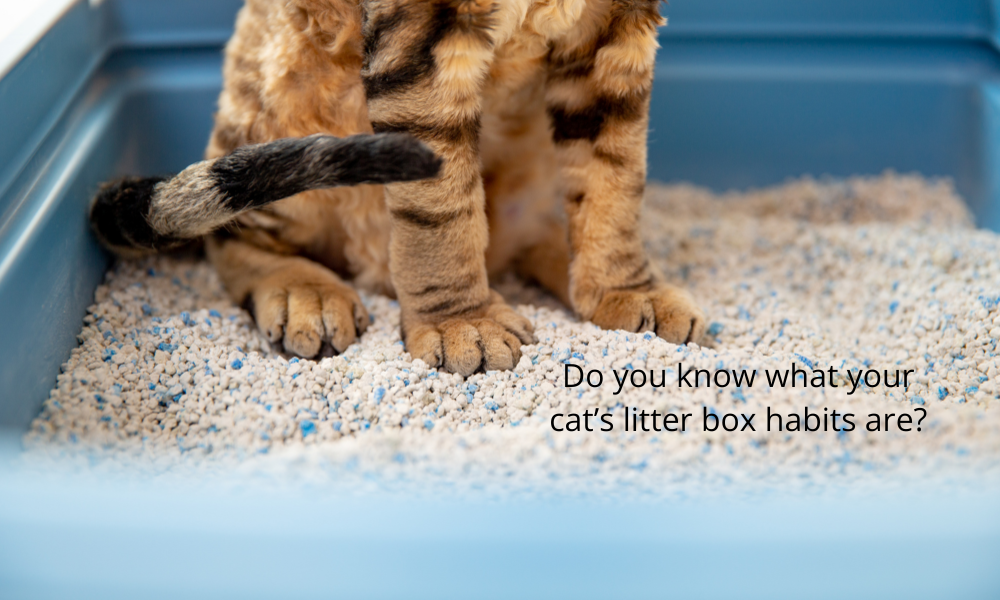
2. Subtle Weight Loss or Gain
What to Look For:
- Gradual change in body shape or how your cat feels when you pet them
- A more prominent spine or hips
What It Could Mean:
Hyperthyroidism, diabetes, cancer, or digestive issues.
What to Do:
Weigh your cat monthly at home if possible. Any unexplained weight change (even a pound) is worth a veterinary checkup. This is the scale we have in every exam room.
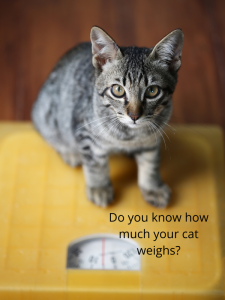 Did You Know?
Did You Know?
I ROUTINELY see cats in my feline-only veterinary practice who have weight loss as their ONLY sign and they ultimately have serious medical conditions! Do NOT ignore weight loss. It’s not just due to “age.”
3. Hiding More Than Usual
What to Look For:
- Avoiding favorite spots
- Staying under the bed or in a closet
- Less interaction with family
What It Could Mean:
Pain, fear, illness, or stress.
What to Do:
Don’t dismiss this as “just a cat being a cat.” It can be a sign your cat isn’t feeling well—schedule a vet visit if it persists.
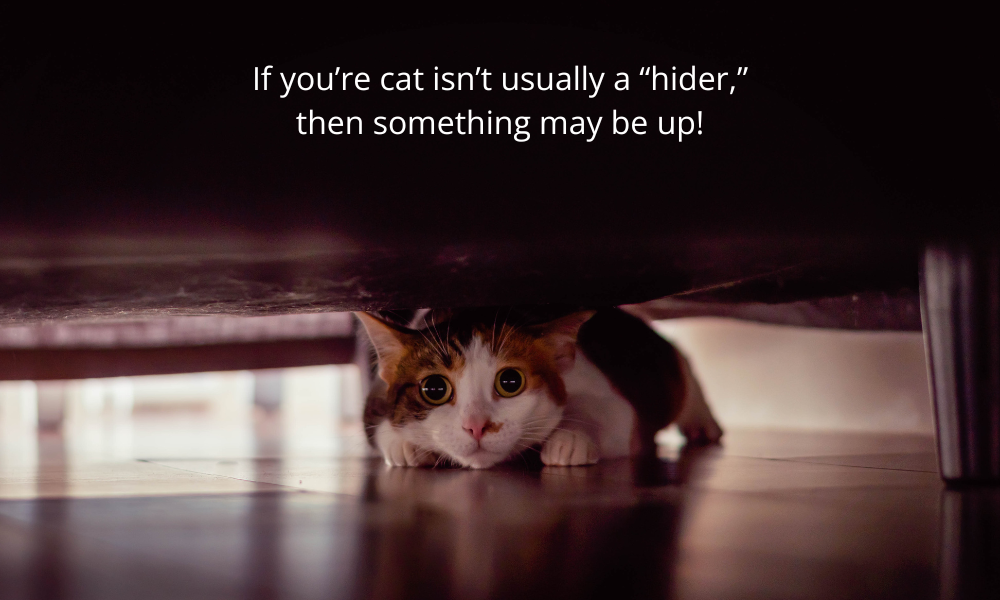
4. Bad Breath (That’s Not Just ‘Cat Breath’)
What to Look For:
- Foul, fishy, or rotten odor
- Drooling or difficulty eating (but they are often eating FINE)
What It Could Mean:
Dental disease, kidney disease, or oral tumors.
What to Do:
Get a dental check-up. Dental issues can cause pain and systemic infections if untreated.
Did You Know?
I diagnose dental disease literally every, single day! Most people have no idea that their cats have dental pain. In a feline-friendly way, I try to get a GOOD look at every single tooth (all 30 of them!).
If you’re cat has a clean dental bill of health from your vet, the next step is home care! You can read about the Dental Wand here. Also check out my favorite feline dental treats!
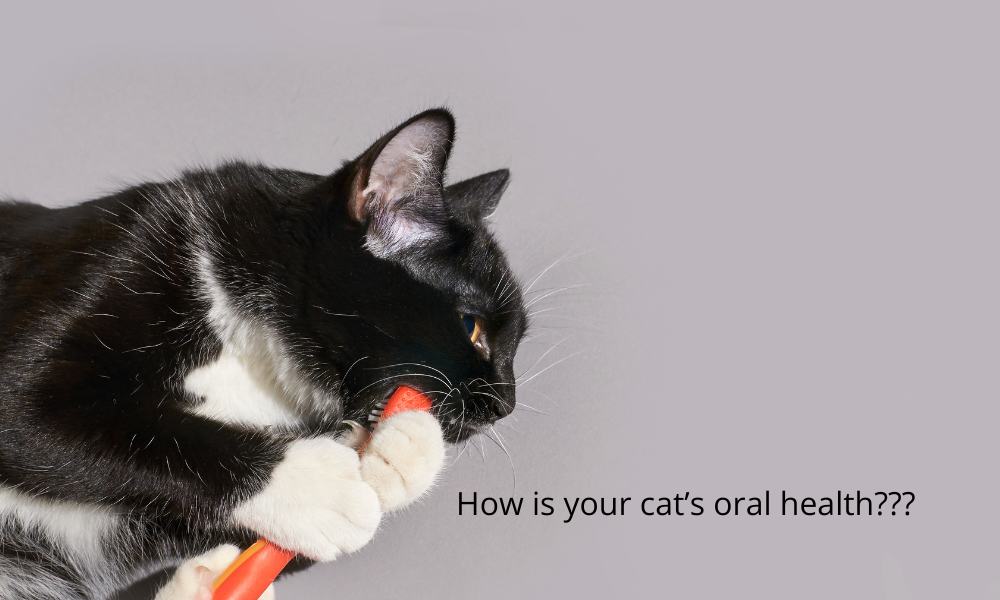
5. Changes in Grooming Behavior
What to Look For:
- Excessive licking, especially in one spot
- Matted or greasy fur
- Less grooming than usual
What It Could Mean:
Skin allergies, arthritis, stress, or internal illness.
What to Do:
Look for skin irritation or bald spots. If your usually tidy cat looks unkempt, it’s time to call the vet. Cats are clean creatures who spend a good part of their day grooming. If that changes, it could mean many things. Get her to the vet!
To keep your cat’s coat looking nice, my favorite grooming tools are the Zoom Groom and the Furminator. The amount of loose fur these devices remove is crazy!
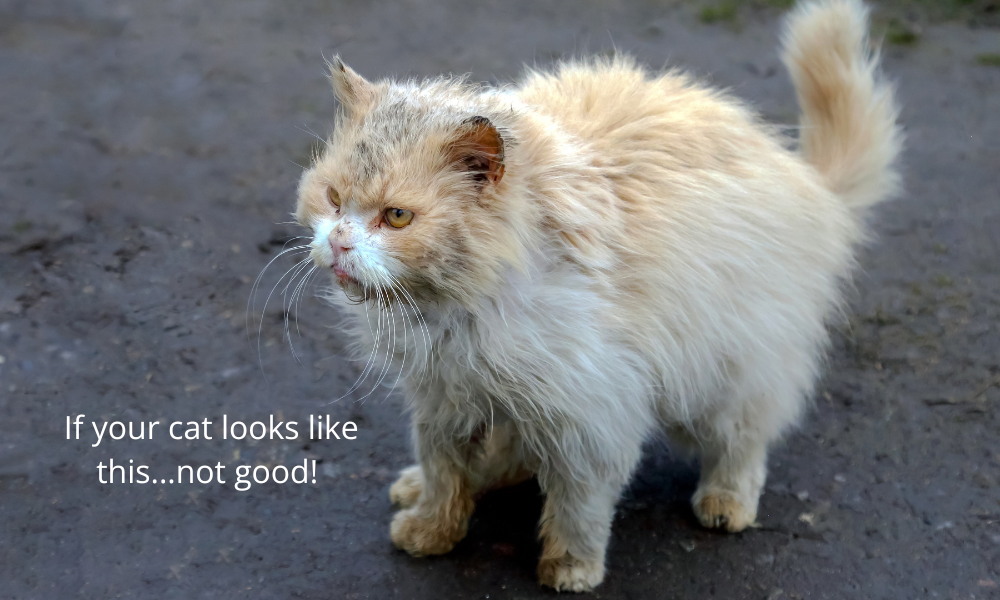
6. Increased Vocalization or “Talking”
What to Look For:
- Meowing more often, especially at night
- A change in tone or pitch (Pro Tip: voice changes…could be trouble. Get him to the vet!).
What It Could Mean:
Cognitive decline (in seniors), hyperthyroidism, pain, or anxiety.
What to Do:
Especially common in older cats, this should be evaluated. Your cat needs a thorough physical exam (including an exam of the back of the eyes), a blood pressure check, and a full blood panel.
Did you know?
Some breeds, such as Siamese and Bengals, are especially talkative, but this is normal form them! They will talk all. Day. Long. Of course, you have to talk back to them!
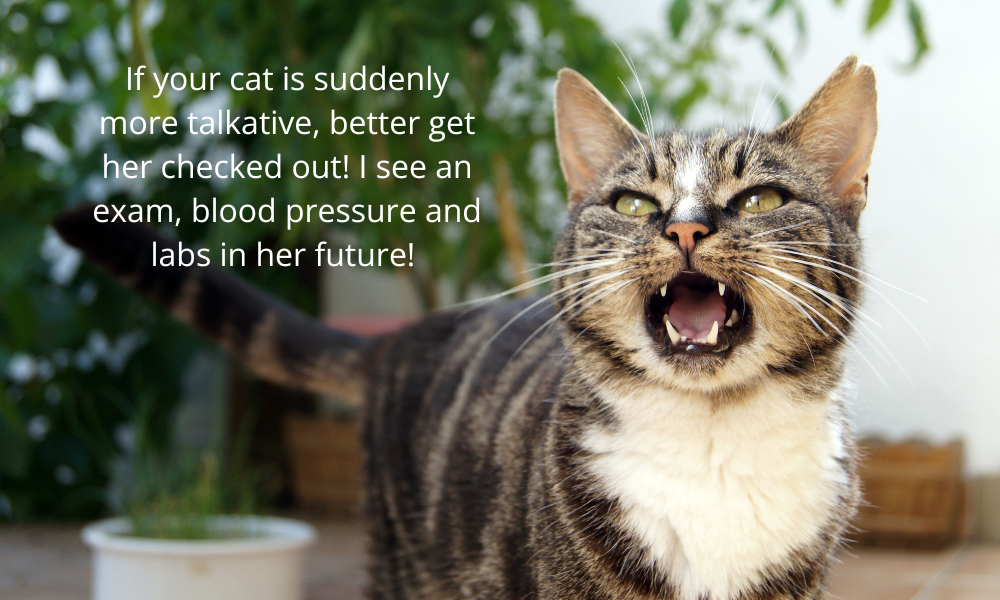
7. Appetite Changes
What to Look For:
- Eating less or refusing food
- Increased hunger without weight gain (that’s a BIG clue!)
What It Could Mean:
Dental pain, gastrointestinal disease, hyperthyroidism, or even cancer. That’s right. Could be ANYTHING!
What to Do:
Any appetite change lasting more than 24–48 hours warrants a vet visit. Cats can quickly develop hepatic lipidosis (fatty liver disease) if they stop eating.
Pro Tip:
All my cats have the SureFeed Microchip feeders so I know exactly who is eating what. NO sharing of bowls. Also remember to place each cat’s bowl away from the other cats. They should not be right next to each other (too stressful).
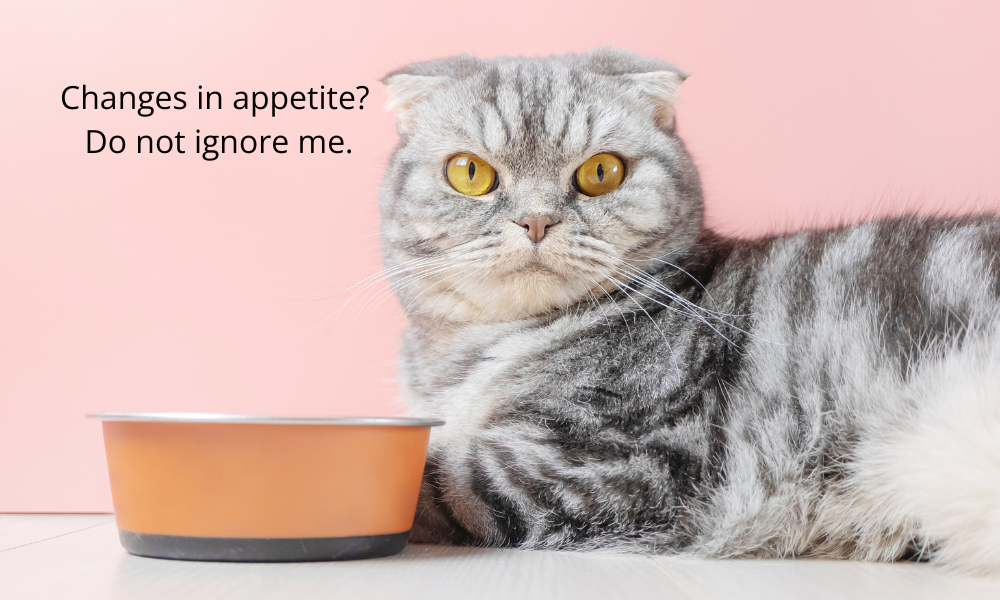
8. Increased Drinking or Urination
What to Look For:
- More trips to the water bowl
- Soaked litter clumps
What It Could Mean:
Diabetes, kidney disease, or hyperthyroidism.
What to Do:
Track how much water your cat drinks if possible. These are hallmark signs of serious systemic illness. Cat’s aren’t usually big drinkers, so if you notice a change there could be a problem.
My cats are on an all-canned diet, which means they drink less water. However, they have the PetLibro water fountain available at all times!
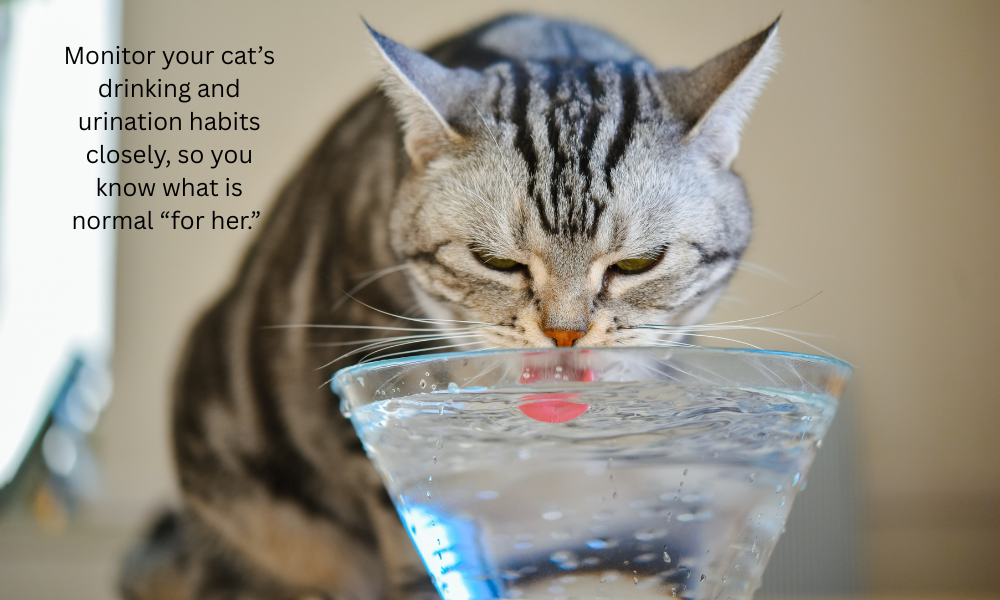
9. Behavioral Changes
What to Look For:
- Irritability, aggression, or clinginess
- Sudden fearfulness or mood shifts
What It Could Mean:
Pain, hormonal imbalance, or neurological issues.
What to Do:
Behavioral shifts are often dismissed but can be a cat’s only cry for help. A medical check is essential.
You know your cat best. Go with your gut if you think something is “off.”
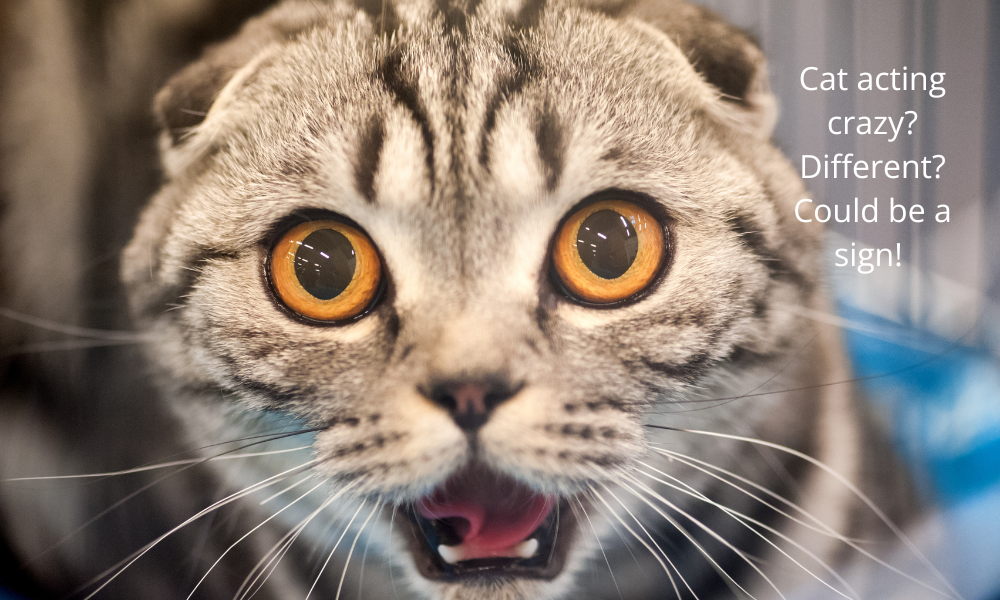
10. Subtle Limping or Reluctance to Jump
What to Look For:
- Hesitating before jumping
- Slight limping that comes and goes
- Favoring one leg
What It Could Mean:
Arthritis, injury, or neurological problems.
What to Do:
Don’t wait for the limp to become severe—early intervention, especially for arthritis, can improve your cat’s quality of life.
Did you know?
If your cat has arthritis, we have many treatment options nowadays! The best option is the one that works for both you and your cat. Solensia is a monoclonal antibody treatment that addresses arthritis pain. Could your cat be showing signs of arthritis? Take this quiz.
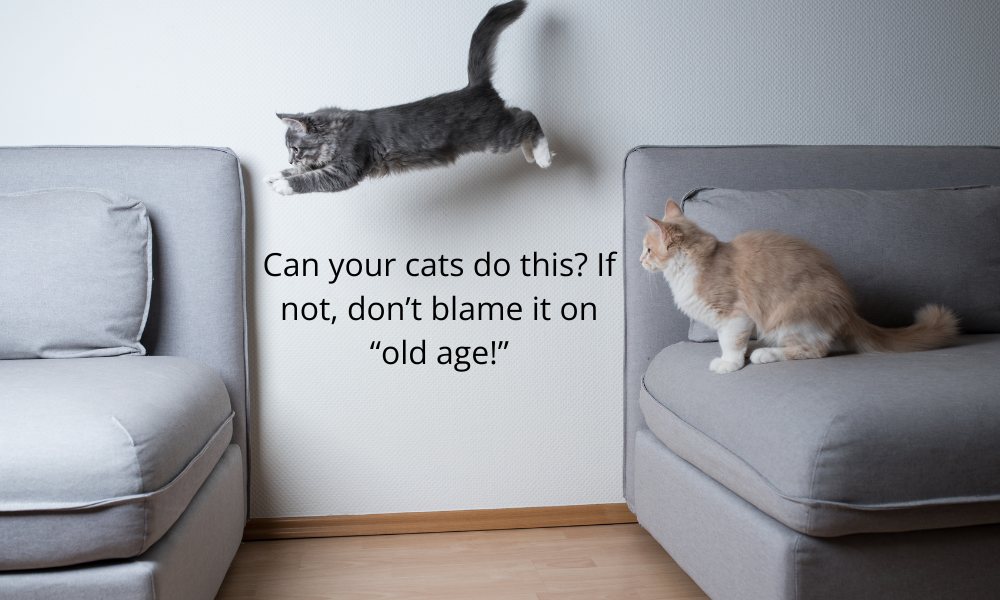
Final Thoughts
You know your cat best, and when something feels “off,” it probably is. Early detection of illness in cats can be the key to effective treatment and a longer, happier life for your feline friend.
📌 When in doubt, always contact your veterinarian. Even a quick phone consult can clarify whether what you’re seeing is normal or cause for concern.
Click HERE to find a Cat Friendly Veterinarian near you!
Want more feline health insights?
Follow CatVetLife on Facebook and Instagram!
*FTC Disclosure: This post contains affiliate links. If you make a purchase after clicking on the links, I will get a small commission at NO additional cost to you. I only recommend products that I believe in! I am an affiliate for both Amazon and other online retailers. As an Amazon Associate I earn from qualifying purchases
